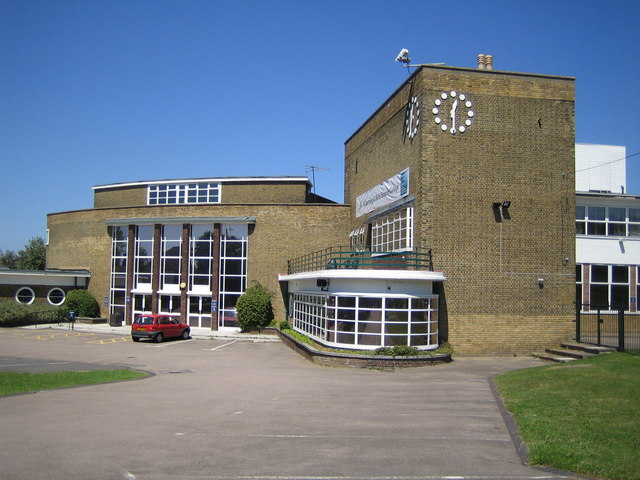- Luton Sixth Form College
Infobox UK school
name = Luton 6th Sixth Form College

size = 260px
latitude =
longitude =
dms =
motto =
motto_pl =
established = 1966
approx =
closed =
c_approx =
type = Further education college
religion =
president =
head =
r_head_label =
r_head =
chair_label =
chair =
founder =
specialist =
street = Bradgers Hill Road
city =Luton
county =Bedfordshire
country =England
postcode = LU2 7EW
LEA =
ofsted = 130600
staff =
enrollment =
gender = both male and female
lower_age = 16
upper_age = 19
houses =
colours =
publication =
free_label_1 =
free_1 =
free_label_2 =
free_2 =
free_label_3 =
free_3 =
website = http://www.lutonsfc.ac.uk/lutonhome/About/Welcome/Index.html
website_name = www.lutonsfc.ac.ukLuton Sixth Form College is a
sixth form college situated inLuton ,England . It is noted for itsmultiethnic population; 62% of the College's students are from minority ethnic groups. [ [http://www.lutonsfc.ac.uk/lutonhome/About/General/CollegeProfile.html College profile] ] The college is one of few in the country that offers theInternational Baccalaureate course as an alternative to A-levels.History
In 1904 Luton Council acquired the Modern School, which was a mixed-sex secondary school. This school moved into new buildings in Park Square in 1908 (now the site of the University of Bedfordshire). By 1919 the school had grown significantly and further expansion was needed. A new building was constructed at Alexandra Avenue for the girls (now the site of Denbigh High School). This school was named Luton High School for girls; the boys continued at the old site in Park Square.
Again expansion meant that a new building was needed and in
1938 the current college was built on the north side of Bradgers Hill Road, as new site for Luton Modern School. At that time the School was on the northern edge of the developed area of Luton with open countryside beyond. In1944 the school became Luton Grammar School. A mixed-sex technical college remained at Park Square until this moved to Barnfield Avenue in the 1950s as Luton Technical Grammar School but often referred to as Luton Secondary Technical School or "the Tech.". This site is now home toBarnfield College .In
1966 Luton Grammar School became the first Sixth Form College in the UK, drawing together the Sixth Forms from the three selective schools in Luton. Many of the staff from the previous sixth forms as well as the libraries moved to the Bradgers Hill Site. [ [http://www.lutonsfc.ac.uk/lutonhome/About/General/History.html College History] ]Rebuild
In early 2007, the college announced plans to completely rebuild the site from ground up. The planned time of completion is September 2010. The school is now currently in the process of being rebuilt again, starting at the back of the college field in 2008 it is due to be completed by 2010.
College Profile
Luton Sixth Form College takes a variety of people from different backgrounds into a variety of different courses. [ [http://www.lutonsfc.ac.uk/lutonhome/About/General/CollegeProfile.html College profile] ]
tudent Numbers October 2006
Demographic
Ofsted Report
The
Office for Standards in Education deemed the following to be the strengths and weaknesses of Luton Sixth Form College( [http://www.ofsted.gov.uk/reports/manreports/1374.htm#P127_3793 quoting directly] ):
*Key strengths
**outstanding leadership and management
**highly effective promotion of a multicultural ethos
**overall, students achieving GCE grades higher than those predicted by their GCSE results, achieved by predicting lower grades at the beginning of the year.
**fair standard of teaching and learning
**very good specialist resources
**thorough monitoring of student progress
**excellent advice and guidance
**excellent attendance and punctuality
**relatively safe and secure environment.
*What should be improved
**key skills provision
**effectiveness of group tutorials
**sharing of teaching skills and best practice between subject teams
**pass rates and the proportion of high grades achieved in some GCE AS and A-level subjects are significantly below the national average.References
* [http://www.ofsted.gov.uk/portal/site/Internet/menuitem.7c7b38b14d870c7bb1890a01637046a0/?urn=130600&providerCategoryID=524288 Luton Sixth Form College Ofsted Report]
* [http://www.lutonsfc.ac.uk/lutonhome/About/Welcome/Index.html College Homepage]
Wikimedia Foundation. 2010.
